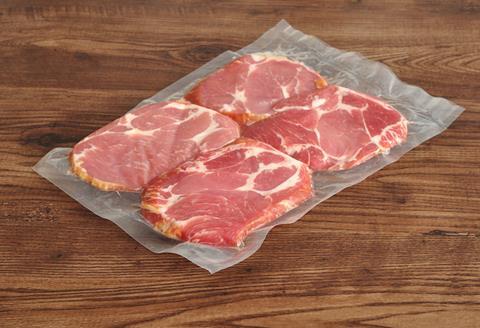The British Meat Processors Association (BMPA) is launching new research and development projects to further knowledge behind aspects of the red meat supply chain.

The projects will invest with a wide range of UK and international partners including manufacturers, industry bodies, leading universities and industry experts.
BMPA say that the aim is to further industry’s knowledge and understanding of the science behind aspects of the red meat supply chain and food safety. The first such project, jointly run with Meat and Livestock Australia, is now at a stage where initial findings can be published.
Under the spotlight is the UK Food Standards Agency VP/MAP Guidance (FSA, 2017), which restricts the shelf-life of VP/MAP foods, (including fresh meat held at 3°C to 8°C) to 10-days, unless suitable grounds for a longer shelf-life can be identified.
The project report has used a risk assessment approach and carried out a challenge test experiment to establish whether a shelf-life of greater than 10-days can be applied to fresh chilled meat (as it lacks a single known controlling factor).
Fresh meat is taken to mean ‘meat that has not undergone any preserving process other than chilling, freezing or quick-freezing, including meat that is VP or MAP wrapped’.
BMPA say that a search of the literature failed to uncover any cases of botulism associated with fresh chilled VP or MAP meat.
Data provided by industry members of the project consortium indicated that the UK industry applies a maximum chilled retail pack shelf life at 3°C to 8°C of up to 23 days for beef, 27 days for lamb, and 18 days for pork.
Using a risk assessment approach, it was established that the current industry practice provides a high level of protection with respect to non-proteolytic Clostridium botulinum.
In a statement, BMPA said there is no evidence that currently-applied UK shelf lives, combined with current production standards, are unsafe. However, if changes are made to industry practice, then that change may affect the level of protection.
To view the full research report click here.
This story was originally published on a previous version of the Meat Management website and so there may be some missing images and formatting issues.















